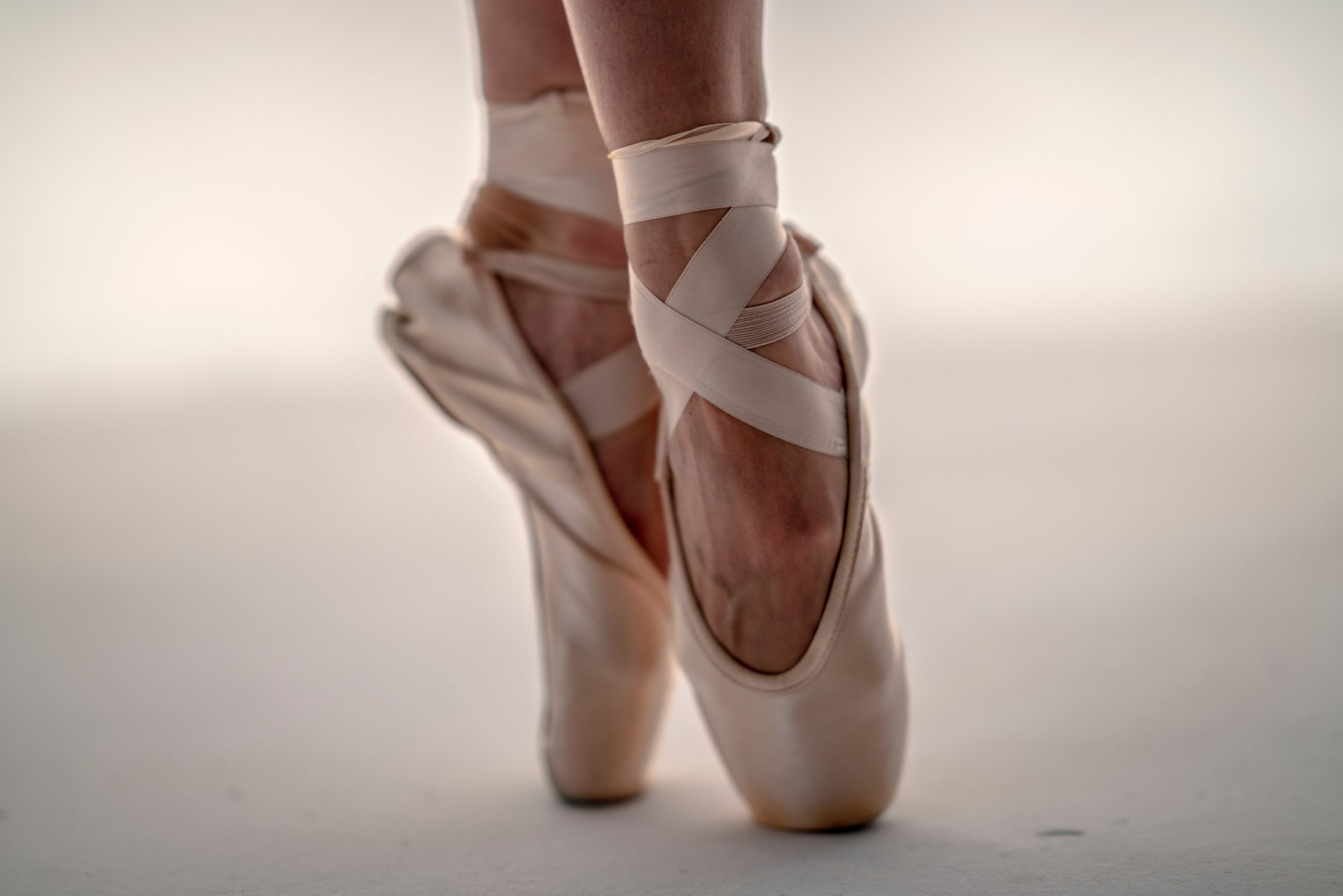
Sprains and Strains: What's the Difference?
- April 19, 2022

Dr. James Tan
CONSULTANT ORTHOPAEDIC SURGEON
Quantum Orthopaedics
Dr James Tan is a highly skilled surgeon who has more than 10 years of experience in sports surgery and exercise medicine. Apart from partnering the industry to pioneer advanced and proven treatment techniques, Dr Tan has treated athletes from the Singapore National Teams and professional footballers from the Singapore Premier League and the Young Lions.
He is a member of the elite Asian Shoulder and Elbow Group and a founding member of the Singapore Shoulder and Elbow Surgery Society.
- Orthopaedics, Physiotherapy
- Reading Time: 3 minutes
Share with others
Strains and sprains are commonly confused with each other, as they are very similar! In fact, these two terms are often used interchangeably to describe overstretching or tearing of soft tissues in and around your joints.
Differences between a sprain and a strain
| SPRAIN | STRAIN |
| Injury to a ligament (tissue that connects two or more bones at a joint) | Injury to a muscle or tendon (fibrous cords of tissue that connect muscle to bone) |
| One or more ligaments gets stretched or torn | Muscle or tendon gets stretched or torn |
| Pain and bruising at the affected area | Muscle spasms at the affected area |
Common causes of sprains and strains
Strains and sprains can occur from performing simple daily chores, or while working and exercising. Some of the causes include:
- Athletic activities
- Falling/slipping
- Awkward positions or postures
- Overexertion
- Lifting of heavy objects
- Prolonged repetitive movement
Preventing sprains and strains
Sprains and strains can happen to anyone, especially avid sports people! Here are some simple steps to prevent strains and sprains:
- Warming up and stretching properly before any physical activity
- Getting regular exercise
- Maintaining a healthy weight
- Avoid running on uneven terrain
- Wearing the proper equipment when playing sports
Treatment Options
Whether it is a sprain or a strain, both should not be taken lightly, as they could lead to something more severe if not treated promptly and properly. Here are some ways to alleviate your pain should you sustain a sprain or strain.
R.I.C.E Therapy – What does it stand for?
Rest: Avoid any exercise or activity that requires you to put weight on the area of injury for at least 48 hours.
Ice: Wrap ice packs or a pack of frozen peas and apply to the injured area for 15 to 20 minutes each time, and repeat every 2 to 3 hours.
Compress: To further reduce swelling, compress the area with an elastic bandage until the swelling stops. Do not wrap the injured area too tightly or you may reduce blood circulation.
Elevate: Prop the injured area up using a stack of pillows or sofa armrest, such that it is above the level of your heart to reduce swelling.
Pain Medication
Your doctor may also prescribe some medication to alleviate your pain.
However if the pain persists, it is important to seek professional help from a Doctor. If left untreated, it could lead to more serious conditions such as ankle instability if an ankle sprain was sustained.
Article reviewed by Dr. James Tan, Consultant Orthopaedic Surgeon At Quantum Orthopaedics.






